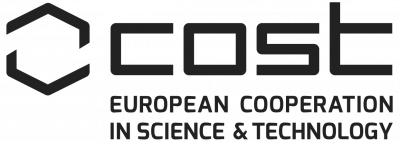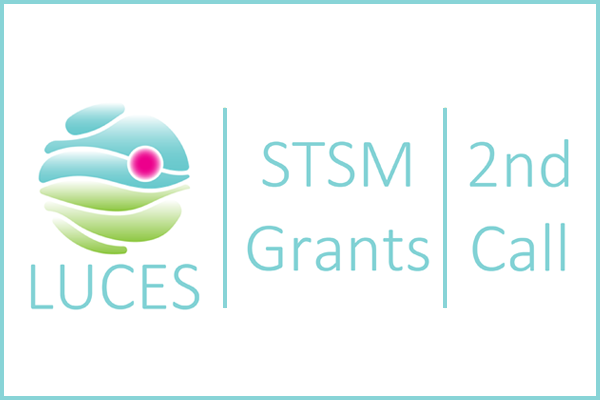STSM Grants
The Short-Term Scientific Mission (STSM) consists in a visit to a group involved in the Action located in a different country than that of affiliation.
STSM Grants aim to help:
- Young Researchers (PhD students, Postdoc fellows, Research Assistant) gain new knowledge or access to equipment or techniques not available in their home institution;
- PIs to establish new collaborations or reinforce existing ones.
STSM also benefit STSM Hosts who receive an international partner in their institution, thus helping develop long lasting collaboration.
Calendar for next calls:
- First call will close on December 10th. Results by December 19th. Period: 01.01.2026 to 31.10.2026
- Second call will close on February 28th. Results by March 15th. Period: 01.04.2026 to 31.10.2026
- Third call will close on May 31st. Results by June 15th. Period: 01.07.2026 to 31.10.2026
Guidelines and Templates for 2026 Grants:
Detailed reports of the individuals who have received assistance:
- Anyie Priscilla ATENCIO ESTRADA. Incorporation of Triphenylene NHC Gold(I) Complexes in micelles
- Marija GRUJIČIĆ. Cobalt ferrite nanoparticles and their composites with graphene oxide as MIP sensors for electrochemical detection of gallic acid
- Hanna ZHUKOUSKAYA. Development of potentiometric sensor for the determination of detergents
- Eleftherios PAPAMICHALIS. Investigation of chemosensors based on cucurbit[n]uril (CB) via DFT and resonance Raman spectroscopy
- Pratik SHAH. Sensing of Environmental Pollutants Using Luminescent DNA-based Scaffolds in Hydrogels
- Thi Thanh Ngan NGUYEN. Functionalisation of chiral hemicucurbiturils with fluorescent groups
- Mireia RUIZ. Structural and photophysical properties of polyaminic ligands containing pyridoxal
moieties. - Laura MULET. Sensing telomeric G-quadruplex structures using a combination of circular dichroism and
fluorescence spectroscopies. - Marianne ENGESER. Luminescent gold macrocycles
- Venkatesh BOLLABATHINI. Creating new bio-sensormolecules by direct arylation of pillararene monoquinones
- Cecylia WARDAK. Use of hydrophobic deep eutectic solvents (HDESs) as new component of the ion
selective membrane sensitive to lead ions. - Giulia LICINI. Aminotriphenolate (TPAs) metal complexes: Lewis bases coordination for molecular recognition processes and catalysis.
- Paula OREIRO. Luminescent lanthanoid complexes for the selective detection of anionic species
- Malgorzata GRABARCZYK. Investigating the influence of a natural water matrix on the performance of an HDES-based electrochemical sensor dedicated to the determination of Pb(II) in the environment
- Paula BOSCH. Towards a 3D sensor prototype for detection of toxic formaldehyde in air and water
- Mercy ARTEAGA. Study of transmembrane capacity of micellar assemblies.
- Fátima SANZ. Photophysical studies on (V)-Aminotriphenolate complexes as receptors for Lewis bases
- Laura RODRÍGUEZ. Discussion on photophysics of Au(I) complexes
- Alessandro ALTINIER. PerFluorinatedAlkylated Substances (PFAS) Recognition and Sensing Using Novel Tris(2-pyridylmethyl)amine Peptidic Assemblies.
- Alexander OSHCHEPKOV. Artificial Fluorescent Sensors and Transporters for Oxoanions and Nucleotides: Toward the Design of Functional Vesicles.
- Maria KARATZIA. Computational Characterization of Chromophore Displacement in Cucurbituril-Based Chemosensors: Structural, Spectroscopic, and Interaction Analysis
- Deepshikha PRIYADARSHINI. Anion Recognition by ResorcinareneMacrocycles in Micellar Media








